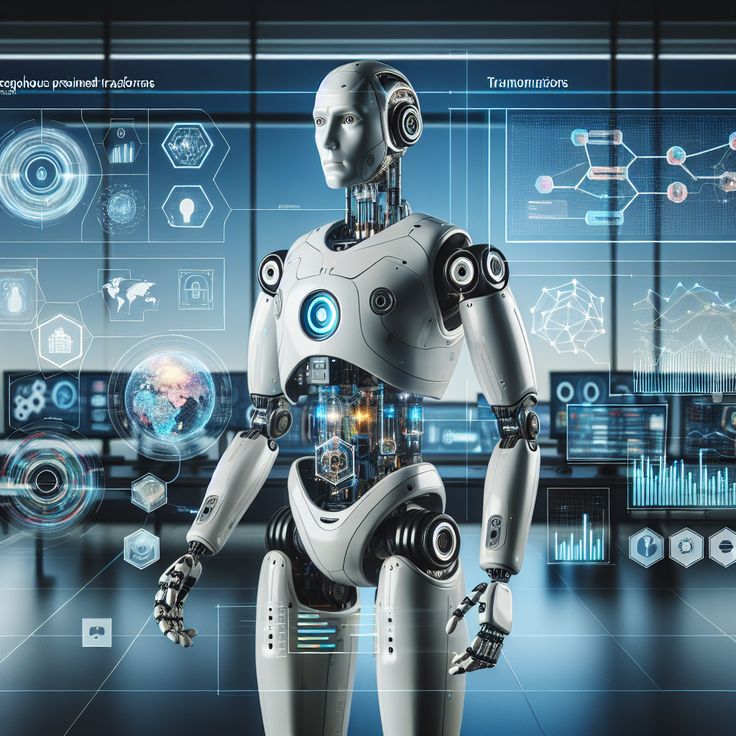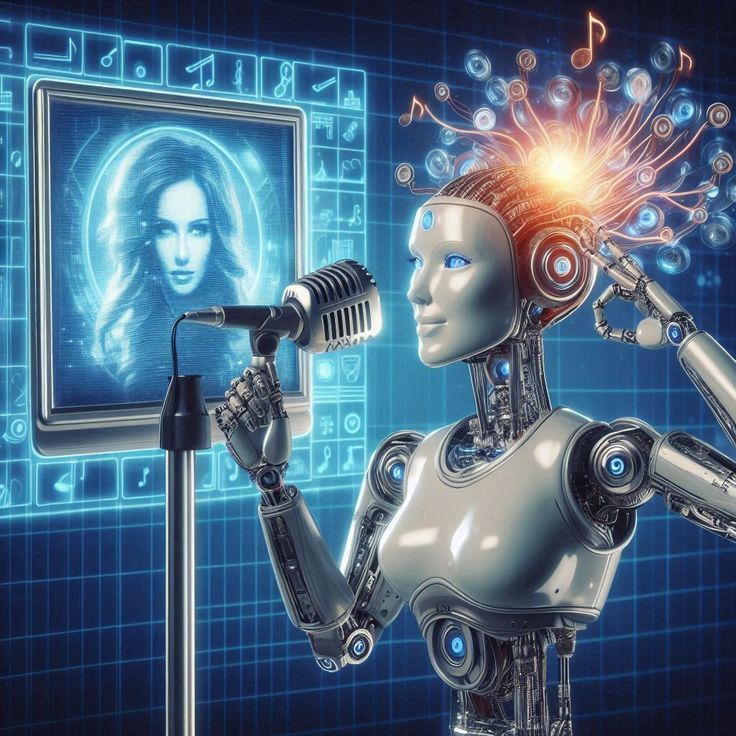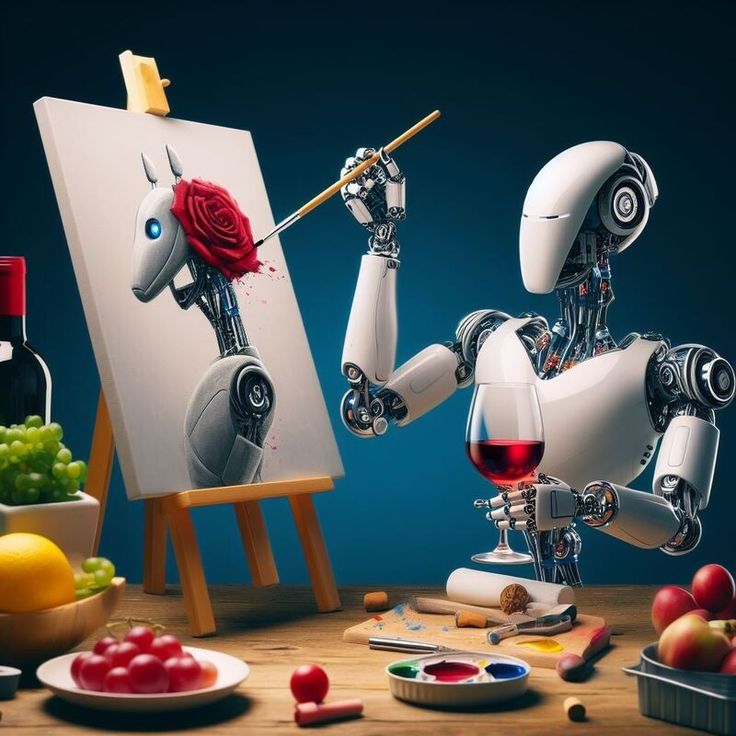Image recognition has witnessed remarkable advancements over the past decade, profoundly transforming industries ranging from healthcare to autonomous vehicles. The integration of Artificial Intelligence (AI) into image recognition systems has led to the inception of more sophisticated algorithms capable of understanding and analyzing visual data like never before. One of the most groundbreaking innovations within this realm has been the introduction of transformer computer vision—a model initially designed for natural language processing—that has achieved outstanding results in computer vision tasks. This article delves into how Transformers have revolutionized image recognition, reshaping our understanding and capabilities in processing visual information.
Understanding the Core of Image Recognition Systems
At its core, image recognition is a cognitive process that attempts to replicate human visual perception through technological means. Traditional methodologies often relied on hand-crafted features and convolutional neural networks (CNNs) for extracting patterns and identifying objects within images. While CNNs have provided impressive results, they also come with inherent limitations, particularly regarding feature extraction capabilities and context understanding.
Transformers address some of these challenges by adopting a self-attention mechanism, allowing the model to weigh the importance of different parts of an image dynamically. In contrast to earlier approaches, which were often restricted by local receptive fields, Transformers can capture long-range dependencies and contextual relationships within an image. This universality transforms how models perceive images, allowing them to discern a more profound understanding of scenes, objects, and their interrelations.

What Are Transformers and How Do They Work?
Transformers emerged from the need to overcome the limitations of recurrent neural networks (RNNs) in the field of natural language processing (NLP). The architecture was first introduced in the paper “Attention is All You Need” by Vaswani et al. in 2017. The primary innovation was the self-attention mechanism, which enables the model to weigh input elements differently based on their relevance to the task at hand.
In the context of image recognition, transformer computer vision dissects an image into distinct patches, treating these patches as tokens similar to words in a sentence. Each patch is transformed into an embedding, effectively allowing the model to identify relationships among various image components. With multiple layers of self-attention, Transformers can capture intricate patterns, enabling more precise object detection and classification.
This model has also paved the way for pre-training techniques using vast datasets followed by fine-tuning on specific tasks. This approach allows solutions to leverage knowledge acquired from extensive data, significantly improving performance in image recognition tasks with relatively smaller datasets.
The Performance Surge: Transformers vs. Traditional Models
When evaluating the efficacy of transformer computer vision compared to traditional computer vision models, the performance leap is evident. Research and real-world applications consistently show that Transformer-based models outperform conventional CNNs across various visual tasks, particularly in large-scale datasets. Several notable studies have demonstrated that Transformers yield superior accuracy for object detection and segmentation tasks.
One of the prominent frameworks illustrating this performance surge is Vision Transformers (ViTs), which specifically modify the Transformer architecture for image-related applications. By approaching images as sequences of patches, ViTs manage to capture spatial hierarchies more flexibly than traditional CNNs. This flexibility results in enhanced recognition capabilities, enabling the model to discern complex images with fine-grained details.
Furthermore, the scalability of transformer computer vision allows for seamless integration with contemporary data infrastructure. As organizations manage increasingly extensive image datasets, the efficient training and deployment capabilities of Transformers can lead to significant performance improvements, reducing both latency and computational resources needed for inference.

The Robustness of Self-Attention in Image Recognition
One of the standout features of Transformers is their self-attention mechanism, which allows the model to focus on different parts of an image based on their contextual relevance. Rather than processing an image solely through localized filters, Transformers analyze and compare the entire image simultaneously. This capacity enables an unprecedented understanding of complex visual structures and spatial relationships.
For instance, when identifying an object within a cluttered environment, the model can dynamically prioritize certain elements over others, effectively distinguishing between foreground and background. This feature significantly improves the accuracy of models, especially in tasks where the context is essential for correct interpretation, such as facial recognition or medical imaging analysis.
Additionally, the self-attention mechanism facilitates enhanced interpretability. By visualizing the attention weights, practitioners can gain insights into which parts of the image are influencing the model’s decisions. This transparency is particularly valuable in sensitive domains, such as autonomous driving or healthcare, where understanding model behavior is crucial for accountability and trust.
Transformers in Action: Practical Applications in Healthcare
In the healthcare sector, image recognition plays a vital role in diagnostics, treatment planning, and monitoring patient outcomes. Transformer models have made remarkable strides in medical imaging, specifically in analyzing X-rays, MRIs, and CT scans. Traditional image processing algorithms often struggle with the complexities and nuances involved in medical images. However, Transformers excel at integrating contextual information and recognizing patterns that might be subtle yet critical in diagnosis.
For example, when detecting tumors or lesions in radiographic images, Transformers can enhance sensitivity and specificity by intelligently assessing various regions of the image. This advantage not only augments diagnostic accuracy but also assists in reducing false positives and negatives, which can have significant consequences for patient care.
Furthermore, the adaptability of Transformers allows them to be fine-tuned for specific healthcare tasks. By leveraging large pre-trained models on general visual data followed by tailored training on medical datasets, practitioners can achieve high performance with relatively smaller labeled data pools—addressing a common limitation in medical imaging where data is often scarce.

Enhancing Object Detection Capabilities
In object detection, the ability to detect and classify multiple objects within an image is crucial for applications ranging from surveillance to robotics. Traditional algorithms, primarily based on CNNs, would often operate sequentially, making it challenging to capture the interdependencies between various objects. However, the self-attention mechanism in Transformers empowers models to better understand relationships among objects in complex scenes.
The introduction of architectures like the DETR (DEtection TRansformer) exemplifies the advancements in this area. Instead of applying multiple convolutions to ascertain object detection independently, DETR employs a simplified, end-to-end framework that detects objects in a single pass. This approach revolutionizes the balance of efficiency and performance, significantly reducing the complexity related to traditional object detection pipelines.
Moreover, Transformers can handle multi-scale feature representations more naturally, catching both minute details and large patterns within a single model. This comprehensive analysis allows systems to perform exceptionally well in dynamic environments, making them indispensable for applications such as real-time video analysis and autonomous driving.
Future Directions: Scaling Transformers for Enhanced Image Recognition
As we look to the future of image recognition, the potential for Transformers in computer vision continues to expand. Current research is focused on improving the architecture to address certain limitations, such as high computational intensity and data inefficiency. As the technology becomes increasingly prevalent, practical applications are likely to evolve, yielding novel approaches to solving real-world problems.
One foreseeable avenue involves the refinement of model sizes. While larger models have demonstrated remarkable performance, their resource requirements can be prohibitive for certain applications. Consequently, efforts are being made to create more efficient architectures, leveraging techniques like distillation or pruning to maintain performance while reducing computational overhead.
Additionally, the adaptation of Transformers for low-data scenarios is an essential area of research. By developing methods to harness knowledge transfer from learned models, researchers aim to improve outcomes in domains where labeled data is limited, ultimately democratizing access to advanced image recognition technologies.
Conclusion: A New Era for Image Recognition
Transformers are not simply a novel approach; they signify a paradigm shift in the landscape of computer vision and image recognition. By overcoming many of the limitations posed by traditional models, they have unveiled new opportunities for efficiency, interpretability, and adaptability. Their ability to understand complex spatial relationships and contextual nuances positions transformer computer vision as a cornerstone for future breakthroughs in image recognition applications.
As technology continues to advance, it is crucial for researchers and practitioners to remain agile, exploring the depths of this innovative architecture to harness its full potential. The ongoing research in Transformers paves the way for a future where image recognition achieves unprecedented accuracy, efficiency, and utility across diverse sectors, ultimately changemaking how we interact with visual data in our everyday lives.